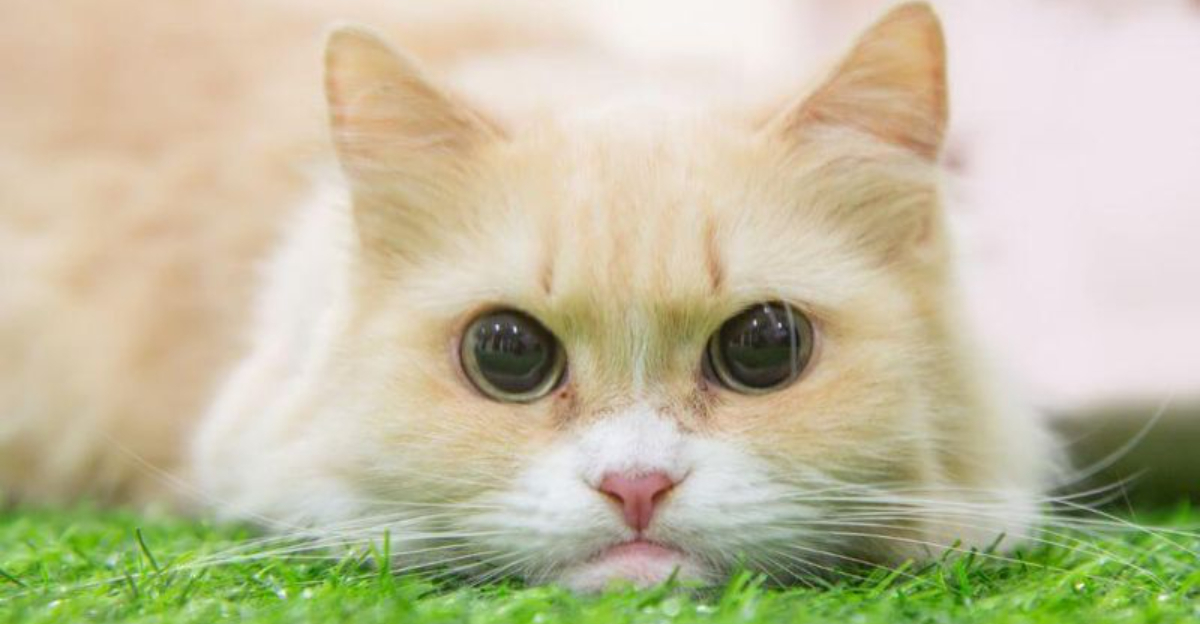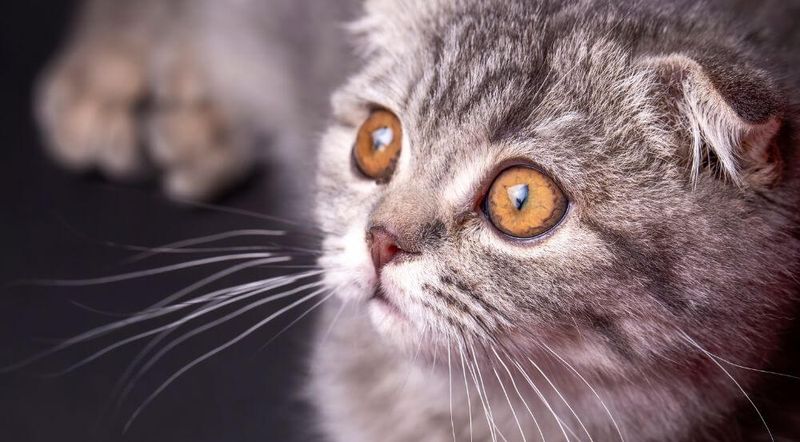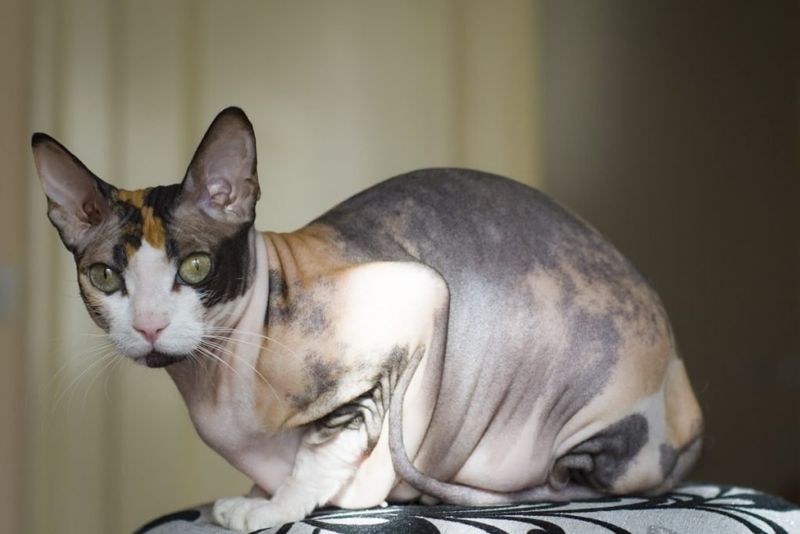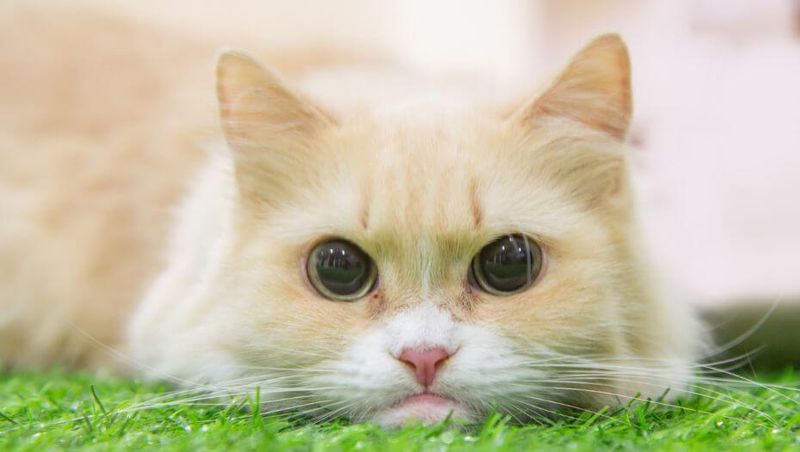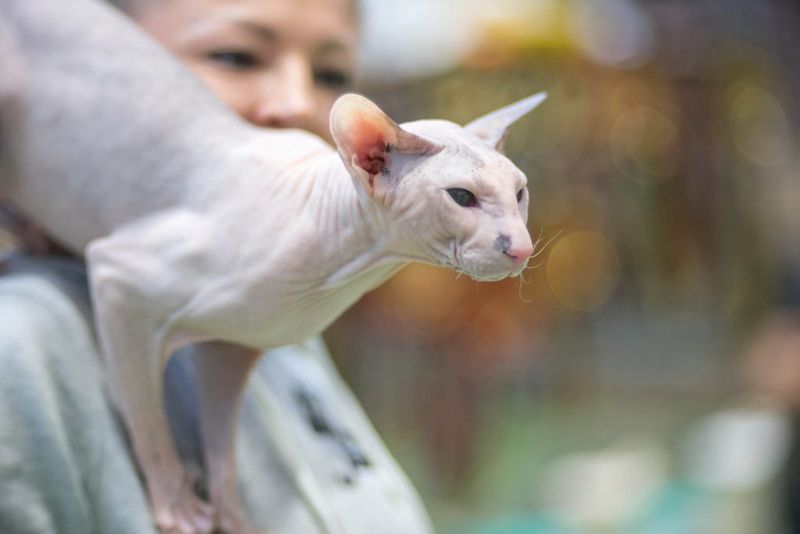📖 Table of Content:
Cats have been our companions for thousands of years, but some breeds we know today didn’t exist in nature. Through careful breeding programs, humans have created cat breeds with specific traits, appearances, and personalities. These specially developed felines showcase how breeders have used genetic selection to create cats with distinctive features that wouldn’t have occurred naturally in the wild.
1. Scottish Fold
The adorable folded ears that make Scottish Folds famous come from a genetic mutation first discovered in a barn cat named Susie in 1961. This natural mutation affects the cartilage throughout the cat’s body, causing the ears to fold forward and downward. Breeders selectively paired cats with this trait to create the Scottish Fold breed we know today.
However, breeding two folded-ear cats together can cause serious skeletal problems, so responsible breeders always pair a Fold with a straight-eared cat. Scottish Folds are known for their owl-like appearance and sweet temperament. They come in many colors and patterns, with both long and short coat varieties available.
2. Sphynx
Born nearly hairless due to a natural genetic mutation, the Sphynx cat emerged in the 1960s when breeders began developing cats from a hairless kitten born to a normal-coated cat in Toronto. Their lack of fur isn’t actually complete baldness – they have a fine peach-fuzz coating that feels like warm suede. Contrary to popular belief, Sphynx cats aren’t hypoallergenic.
They still produce the protein that triggers allergies, which remains on their skin rather than being trapped in fur. The breed’s distinctive wrinkled skin, large ears, and almond-shaped eyes give them an otherworldly appearance. Sphynx cats need regular bathing since they lack fur to absorb body oils.
3. Munchkin
Short-legged and playful, Munchkin cats result from a natural genetic mutation affecting leg bone growth. First documented in the 1940s, the breed wasn’t officially developed until the 1980s when a Louisiana teacher found a pregnant short-legged cat that produced half short-legged kittens.
The gene responsible for their short legs is dominant, meaning only one parent needs to carry it. Breeding two short-legged Munchkins together can lead to severe skeletal issues or non-viable kittens. Despite their short legs, Munchkins move surprisingly well and can still jump, though not as high as other cats. Their bodies remain proportional, with only the leg bones affected by the mutation.
4. Bengal
Wild-looking but domesticated, Bengal cats resulted from crossing domestic cats with the Asian leopard cat in the 1960s. The goal was to create a house cat with the striking appearance of a leopard but the temperament of a domestic feline.
Early generations of Bengals (F1-F3) can have wild tendencies and are typically only kept by experienced breeders. By the fourth generation (F4), Bengals are considered fully domesticated and make suitable pets. Their distinctive spotted or marbled coat features a unique quality called ‘glitter’ that gives the fur a shimmering appearance. Bengals are highly active, intelligent cats that often enjoy water and require plenty of mental stimulation and exercise.
5. Peterbald
Created in Russia in 1994, the Peterbald resulted from experimental breeding between a Donskoy (a Russian hairless cat) and an Oriental Shorthair. This deliberate genetic combination produced a distinctive breed with an elegant body type and variable hair patterns.
Peterbalds can be born completely bald, with a velour coat that falls out, with a brush coat of wiry hair, or with a normal coat. The same litter can produce kittens with different coat types due to the complex genetics involved. Their personality combines the social, affectionate nature of Oriental cats with the curious, intelligent temperament of the Donskoy. Peterbalds have wedge-shaped heads, large ears, and almond eyes that give them an alert, inquisitive expression.
